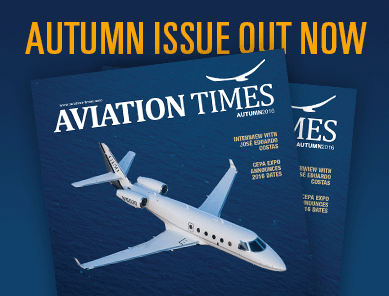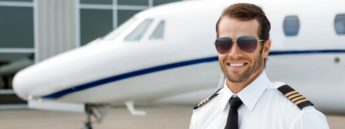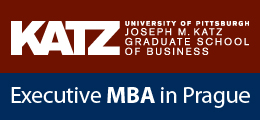New regional aircraft – new opportunities for pilots
 The latest developments in the air travel industry have significantly increased the popularity of small and middle-sized aircraft. As a result, such companies as Comac, Sukhoi Civil Aircraft and Mitsubishi Aircraft have put additional pressure on the segment giants by developing or accelerating the production of such new regional jets as ARJ21, MRJ90 and SSJ100. In turn, this has naturally increased the demand for appropriately qualified pilots.
The latest developments in the air travel industry have significantly increased the popularity of small and middle-sized aircraft. As a result, such companies as Comac, Sukhoi Civil Aircraft and Mitsubishi Aircraft have put additional pressure on the segment giants by developing or accelerating the production of such new regional jets as ARJ21, MRJ90 and SSJ100. In turn, this has naturally increased the demand for appropriately qualified pilots.
The figures of a 20-year Commercial aircraft forecast by Bombardier Aerospace indicate that whilst the demand for smaller aircraft will decline, the number of middle size aircraft may increase by over 170%. Apart from ATR, Embraer and Bombardier, other manufacturers are also keen on cutting their slice of the expanding regional jet market.
For instance, recently Mitsubishi Aircraft Corporation has informed that the company is nearing the final assembly of their Mitsubishi Regional Jet, with the customers already lining up for 165 aircraft. The Comac ARJ21 regional jet is also due to be put into service in April or May 2015 with the currently existing order for 300 aircraft. While the Asian manufacturers have been delaying deliveries of their machines for quite some time now, the Russian Sukhoi Holding continues to actively increase the sales of its Sukhoi SuperJet 100. Apart from some operators in Russia and the CIS, SSJ100 has been also already delivered to the Indonesia-based Sky Aviation, Lao Central Airlines (Laos) and the Mexican Interjet, further spiking the demand for appropriately certified pilots.
“With the ongoing fleet expansion and optimization, the demand for regional aircraft pilots has been noticeably rising during recent years. In the meantime, regional carriers, currently employing a total of around 18,000 pilots, have become the primary source of candidates for pilot jobs at the mainline carriers. Over the next eight years, the largest network carriers will retire approximately 50% of their pilots, resulting in a hiring frenzy that will extract pilots currently flying in the cockpits of lower-paid regional airline affiliates. This will further worsen the current situation as concerns the workforce shortage for regional carriers,” commented the CEO of AviationCV.com Skaiste Knyzaite. “However, while the introduction of new products in the industry might become a headache for the manufacturers and operators, it is not necessary the case for pilots themselves. While the popularity of such narrowbody aircraft as A320 or B737 implies harsh competition in the HR market, the new types actually present pilots with a brilliant opportunity to strengthen their bargaining position and negotiate for longer and more stable contracts.”
Firstly, in the case of new aircraft types, the training usually doesn’t presuppose any additional training expenses for the interested pilots. But that is not the only reason why the new Type Rating Certificates are worth obtaining. The rising demand for regional aircraft pilots (along with the global pilot shortage) naturally improves the level of salaries and the range of benefits (e.g., accommodation allowances, bonuses, etc.) on offer, especially for the Pilots in Command. Moreover, qualifying to operate a new aircraft type can solve some of the seasonality-related issues as well.
“For contractual pilots, the onset of winter often heralds significant hardship as airlines roll back their operations and charter companies dismiss the temporarily unneeded staff. However, prospects for the upcoming winter months don’t have to be downcast. For instance, for December through to February, the North American market has traditionally seen a spike in traffic activity concentrated primarily on the service of sun-soaked destinations for leisure travellers. Carriers from such regions will look to other markets in order to solve their staffing concerns. The important thing for pilots in such case is obviously not to miss the opportunity by increasing their exposure to airlines during the times of market stagnation,” concludes Skaiste Knyzaite, the CEO of AviationCV.com.
Source: AviationCV
Publishing or copying the content of AVIATION Times without a written electronic permission is strictly forbidden. If you have any information, tips, videos, photos or your press releases for us contact us at news@aviation-times.aero.
AVIATION TIMES © Copyright 2012 - 2025







